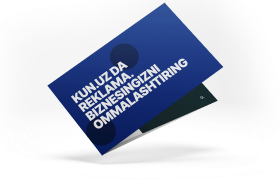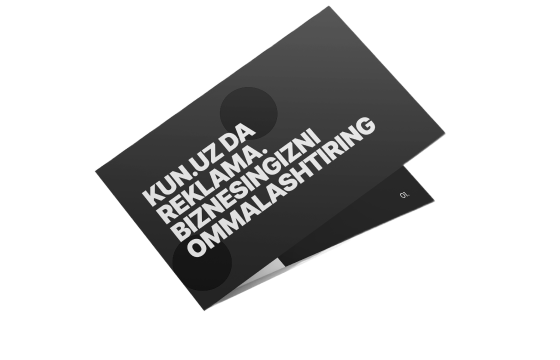UzTest exposed: Instead of ensuring transparency, it decides to sue the blogger
The Autodeklarant channel has published a video showing how at least three vehicles brought to the Piskent test site were either superficially inspected or not inspected at all before being let through. The Technical Regulation Agency’s UzTest center responded by claiming the footage was from November and “not related” to current inspection procedures. The official statement, however, said nothing about improving transparency, such as enabling vehicle owners to monitor the testing process via surveillance screens.
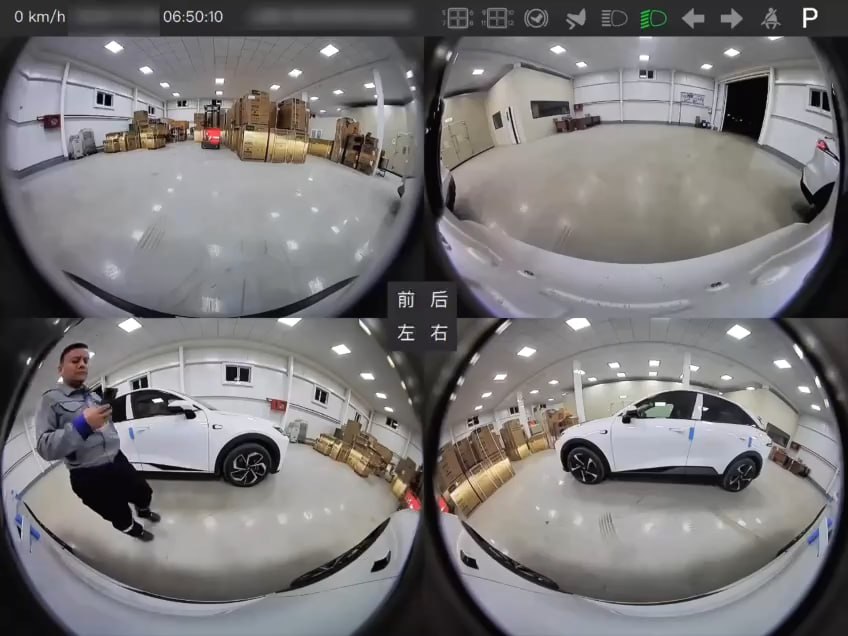
On April 11, the Autodeklarant channel released footage revealing how vehicles are “tested” at the Piskent vehicle testing facility.
According to channel host Azizbek Berdiev, “Nothing is actually tested inside. Cars are just delayed briefly and then allowed to pass.” UzTest denied the blogger’s claims and announced its intention to file a complaint against him with relevant authorities.
The video was recorded using the dashcam of one of the vehicles brought in for inspection. It shows an employee taking photos of all three cars with a phone, placing an object on their hoods, briefly looking inside the cabin by opening the doors, then walking into a room in the corner of the hall, returning a few minutes later, removing the small object, and driving the vehicle out.
UzTest claims the footage reflects procedures in place back in November 2024 and insists it has “absolutely no connection” to current inspection practices. However, the agency has not provided any evidence to prove that the video does not represent current procedures.
It is also worth noting that customers bringing vehicles to the testing facility have no way to observe what goes on inside. There are no cameras or monitors showing the inspection process. Moreover, there have previously been suspicions about the validity of tests, especially when multiple vehicles are brought in at once and returned within a matter of minutes.
In its statement, UzTest said the blogger had “misinterpreted and spread this footage with the intention of misleading public opinion” and that his actions would be subject to legal assessment.
UzTest added that, according to regulations, all vehicles entering Uzbekistan must undergo electromagnetic compatibility tests.
Previously, the Piskent facility assessed the Leapmotor C16 model as having an electromagnetic noise level 16 times above the permissible limit. Following this, the Technical Regulation Agency suspended all certification applications for vehicles under the Leapmotor brand.
In response, the Chinese manufacturer announced it would conduct another round of inspections based on officially approved standards. Leapmotor expressed hope that the testing process would be transparent, fair, and impartial.
Related News

12:45 / 24.04.2025
Gas-rich Uzbekistan may increase Russian gas imports via Kazakhstan
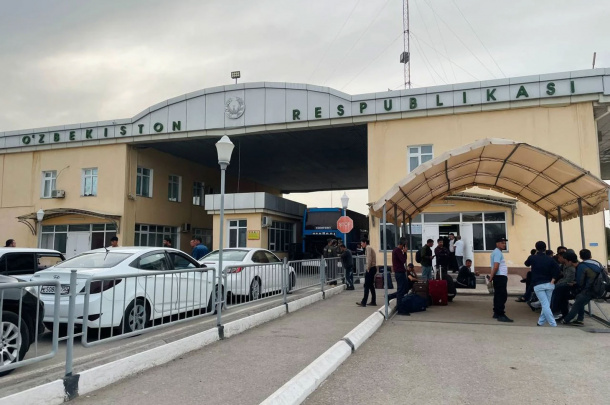
12:37 / 24.04.2025
Reduced duty-free limits raise questions: What if you can’t pay at the border?
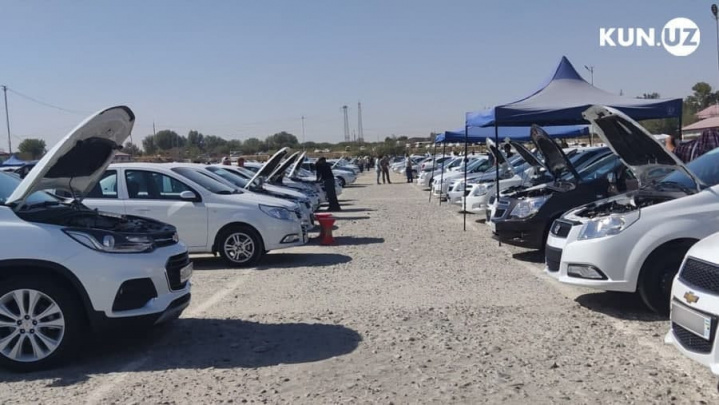
13:25 / 23.04.2025
Used car prices fall across Uzbekistan
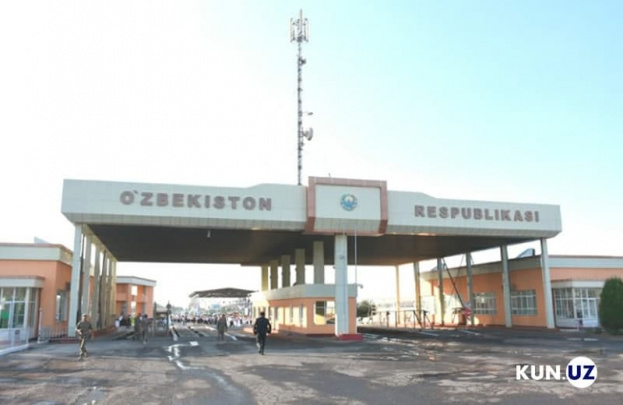
12:05 / 21.04.2025
